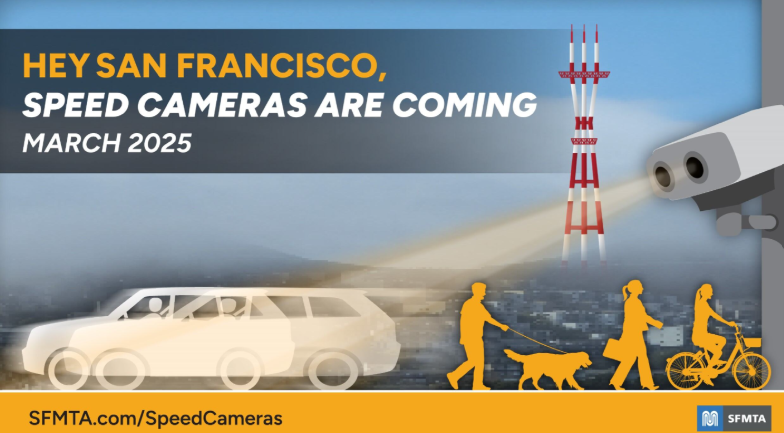They've done it. Representatives from the House and Senate have emerged from conference committee with a five-year transportation bill, which is expected to be quickly approved and become first "long-term" bill in more than a decade.

The discouragingly-named "FAST Act" is 1,300 pages long, and everyone with a stake in the legislation is still having their policy wonks sort through it. But here's a very broad outline: The $305 billion bill reserves $48 billion exclusively for transit and $205 billion for highways. While state DOTs do spend most of their "highway" money on highways, much of that money can be spent on surface streets or "flexed" to other modes if the agencies want. (Also, the bill lays out funding guidelines for passenger rail, but that will have to be meted out through a separate appropriations package.)
Stephen Lee Davis of Transportation for America says the bill mostly continues the transportation policy of the last 10 years. It contains small initial increases for both highways and transit and then raises them at the pace of inflation. The Transportation Alternatives Program -- the small pool of funding for walking and biking -- was the only program that was capped with no built-in adjustment for inflation. It will rise from the current $817 million annual allocation to $850 million and then be held constant.
"This bill essentially doubles down on [current policy] with some small changes, and it locks it in for 2020" Davis said.
Because no one in Washington is willing to raise the gax tax, the bill includes $70 billion in subsidies for the Highway Trust Fund from other sources. The subsidy could have been bigger, but late in the game, lawmakers backed off the idea of a six-year bill that would have reportedly cost $100 billion over and above what the gas tax brings in.
Here's where the $70 billion comes from. The FAST Act taps "$53.3 billion from the surplus of the Federal Reserve bank and $6.9 billion [from] reducing the dividends that are paid to banks who are members of the Fed," according to Keith Laing at The Hill. Laing reports that it also finds spare change under the couch in the form of customs fees ($5.2 billion), selling oil reserves ($6.2 billion), and savings from privatizing some IRS tax collections ($2.4 billion).
Davis called the funding mechanisms "an accounting exercise" to avoid the appearance of deficit spending, even though that's essentially what the bill does. In other words, highway subsidies are going to keep on climbing higher.
Transit advocates in big northeastern cities were watching an amendment that would have cost their transit agencies up to $1.6 billion over six years. The Tri-State Transportation Campaign reports that instead of being eliminated, the "High Density States Program" saw a marginal increase of $18 million -- good news for transit agencies with some of the highest passenger volumes in the nation coping with unfunded maintenance obligations.
The bill also contains a small step forward on complete streets, according to Davis. It will require states and localities to consider the needs of all users in road design, under most conditions. But the measure lacks teeth.
We'll be reporting more details about the bill and its implications as they become available.





